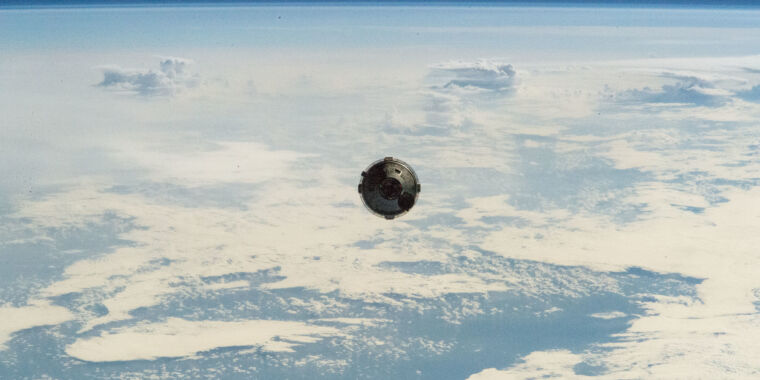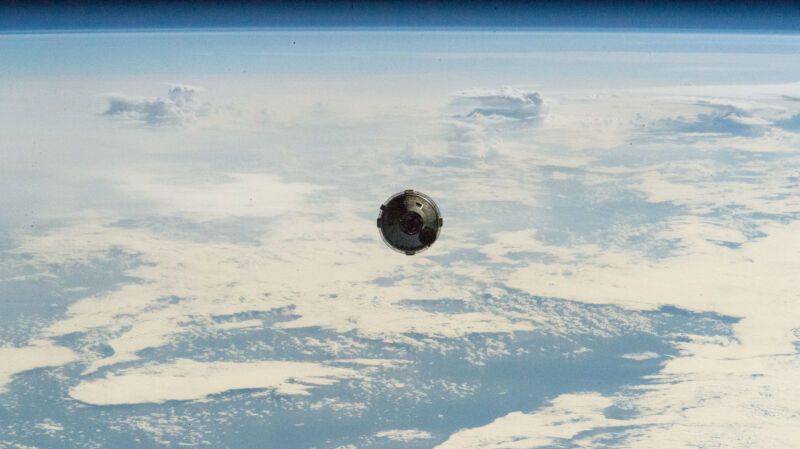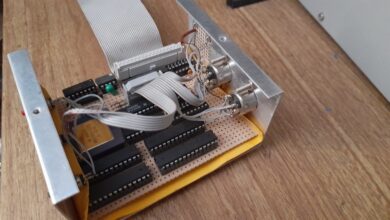NASA update on Starliner thruster issues: This is fine


Enlarge / Boeing’s Starliner spacecraft on final approach to the International Space Station last month.
Before clearing Boeing’s Starliner crew capsule to depart the International Space Station and head for Earth, NASA managers want to ensure the spacecraft’s problematic control thrusters can help guide the ship’s two-person crew home.
The two astronauts who launched June 5 on the Starliner spacecraft’s first crew test flight agree with the managers, although they said Wednesday that they’re comfortable with flying the capsule back to Earth if there’s any emergency that might require evacuation of the space station.
Five of the 28 reaction control system thrusters on Starliner’s service module dropped offline as the spacecraft approached the space station last month. Starliner’s flight software disabled the five control jets when they started overheating and losing thrust. Four of the thrusters were later recovered, although some couldn’t reach their full power levels as Starliner came in for docking. In mid-June, the Starliner astronauts hot-fired the thrusters again, and their thrust levels were closer to normal.
“What we want to know is that the thrusters can perform; if whatever their percentage of thrust is, we can put it into a package that will get us a deorbit burn,” said Suni Williams, a NASA astronaut servicing as Starliner’s pilot. “That’s the main purpose that we need [for] the service module: to get us a good deorbit burn so that we can come back.”
These small thrusters aren’t necessary for the deorbit burn itself, which will use a different set of engines to slow Starliner’s velocity enough for it to drop out of orbit and head for landing. But Starliner needs enough of the control jets working to maneuver into the proper orientation for the deorbit firing.
This test flight is the first time astronauts have flown in space on Boeing’s Starliner spacecraft, following years of delays and setbacks. Starliner is NASA’s second human-rated commercial crew capsule, and it’s poised to join SpaceX’s Crew Dragon in a rotation of missions ferrying astronauts to and from the space station through the rest of the decade.
But first, Boeing and NASA need to safely complete the Starliner test flight and resolve the thruster problems and helium leaks plaguing the spacecraft before moving forward with operational crew rotation missions. There’s a Crew Dragon spacecraft currently docked to the station, but Steve Stich, NASA’s commercial crew program manager, told reporters Wednesday that, right now, Williams and Starliner’s commander, Butch Wilmore, will plan to come home on Starliner.
“The beautiful thing about the commercial crew program is that we have two vehicles, two different systems, that we could use to return crew,” Stich said. “So we have a little bit more time to go through the data and then make a decision as to whether we need to do anything different. But the prime option today is to return Butch and Suni on Starliner. Right now, we don’t see any reason that wouldn’t be the case.”
Mark Nappi, Boeing’s Starliner program manager, said officials identified more than 30 actions to investigate five “small” helium leaks and thruster problems on Starliner’s service module. “All these items are scheduled to be completed by the end of next week,” Nappi said.
“It’s a test flight, and the first with crew, and we’re just taking a little extra to make sure that we understand everything before we commit to deorbit,” Stich said.



